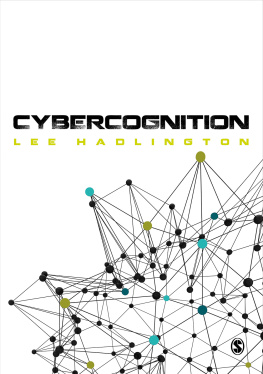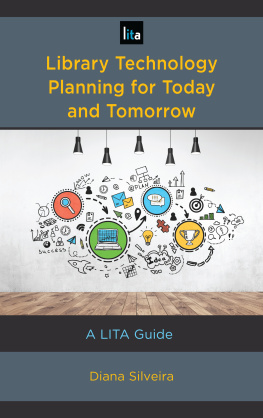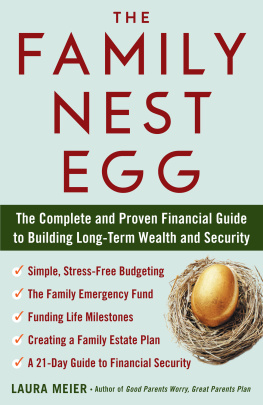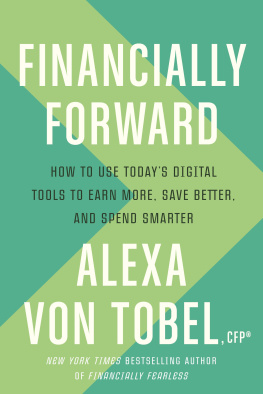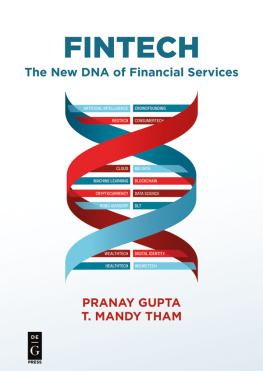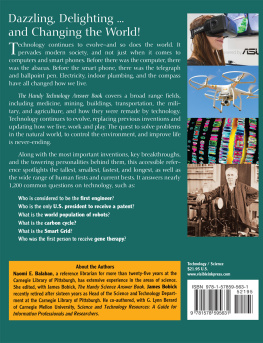

Limit of Liability/Disclaimer of Warranty
While the publisher and author have used their best efforts in preparing this book, they make no representations or warranties with respect to the accuracy or completeness of the contents of this book and specifically disclaim any implied warrants of merchantability or fitness for a particular purpose. No warranty may be created or extended by sales representatives or written sales material. The advice and strategies contained herein may not be suitable for your situation. You should consult with a professional where appropriate. Neither the publisher nor author shall be liable for any loss of profit or any other commercial changes, including but not limited to special, incidental, consequential, or other damage.
Copyright 2020 by Kenneth Alan Kamen
All rights reserved. Published in the United States of America. No part of this book may be reproduced or transmitted in any form or by any means, graphic, electronic, or mechanical, including photocopying, recording, taping or by any information storage or retrieval system, without the permission in writing from the publisher.
This edition published by SelectBooks, Inc.
For information address SelectBooks, Inc., New York, New York.
First Edition
ISBN 978-1-59079-494-4
Library of Congress Cataloging-in-Publication Data
Names: Kamen, Ken, author. | Burg, Dale, editor.
Title: Dont let technology crack your nest egg : rethinking personal finance for the digital age / Ken Kamen ; with Dale Burg.
Description: First edition. | New York : SelectBooks, 2020. | Includes bibliographical references and index. | Summary: Financial advisor explores technologys transformation of every aspect of our lives with its potential to both enhance our opportunities and threaten our lifestyle. He recommends the best approaches to protect our cyberselves from manipulation by influencers from ominous sources and maintain control on the digital highway as we spend, save, and invest our assets--Provided by publisher.
Identifiers: LCCN 2019034546 | ISBN 9781590794944 (hardcover) | ISBN 9781590794975 (ebook)
Subjects: LCSH: Finance, Personal. | Finance, Personal--Technological innovations. | Computer security.
Classification: LCC HG179 .K356 2020 | DDC 332.024--dc23
LC record available at https://lccn.loc.gov/2019034546
Book design by Janice Benight
Manufactured in the United States of America
10 9 8 7 6 5 4 3 2 1
Dedicated to
Andrea
My best friend, wife, and co-builder of our nest egg
Contents
Preface
D RIVING TO MY OFFICE LAST FALL , I was delayed in a minor traffic backup. Drivers had halted to allow a gaggle of migrating Canada geese to cross the road.
The annual voyages birds make between their breeding and wintering grounds are among natures greatest miracles. Some geese make roundtrip journeys of 5,000 miles at speeds of 50 mph or more, at altitudes of 30,000 feet, through thin air, and in temperatures that drop to 60 F.
Along with their extraordinary strength and endurance, they are born with the intuitive knowledge to follow a precise flight path that includes way stations for resting and refueling. Flying in V formation, Canada geese know instinctively how to alternate being lead bird and to position their wingtips and synch their flapping in order to catch the preceding birds updraft and save energy.
Yet they lack the ability to distinguish sky from glass and asphalt from grass. Some die by flying into skyscrapers they mistake for open air, and many more are doomed when crossing roads that to them are just a wider trail. Evolution, which so successfully ensured their species survival for the 10 million years theyve been on Earth, did not prepare them for the perils that have arisen in less than 150 years in a world transformed by technology.
That moment on the road led me to think about the parallels between those geese and ourselves. Evolution readied us, like the geese, to be builders of nests and navigators of the globe. In addition, it gave us the capacity to reach beyond our physical limitsto imagine and build innovations that have made our lives better, and, for the most part, safer.
But just as skyscrapers and highways present menaces to which the geese migrating for survival are vulnerable, unrecognized dangers lurk for us as we hurtle along the digital speedway.
As a financial professional who entered the field when personal computers and the internet were in their infancy, I have watched modern technology reshape our world on a grand scale. I have watched its transformative effect on how we spend our time and money and how it threatens to invade our privacy and take control of our choices. This book is meant to help alert you to the enormity of these changes and suggest and inspire responses and tactics that will help you meet your lifetime goals.
Introduction
The Acceleration of Change and the Decline of Planning
T HE DEVELOPMENT OF THE COMPUTER , and the extraordinary evolution of its data processing capabilities, has put incredible power in the hands of billions of people all over the planet in a period so brief that it barely registers on the timeline of human development.
Technological advances have indisputably made our lives easier, more comfortable, more delightful, and in general (when in appropriate hands) less perilous. We can communicate with one another across great distances and operate more efficiently in every facet of our lives.
In my own case, acquiring one of the first generations of personal computersmachines small enough to fit on a desktophad a very direct and extremely consequential impact.
In the fall of 1980, I was a college senior. Like many of my fellow students, I hoped the courses we took in quantitative analysis, portfolio construction and computer programming would enable me to secure a perch on the lowest (unpaid) rung of a financial firms corporate ladder. When I scored one, I was confident that I was on my way to the big time as a financial analyst.
Initially, I worked in the back office reviewing spreadsheets and preparing reports, but very soon the front office operations caught my eye. Brokers there spent their day prospecting for, and talking with, clients. The brokers were the people who generated the mountain of papers I was scaling, andmore importantthey were the ones who were driving the firms business. So much for being an analyst: I decided the front office was the place for me.
So, while completing my internship, I studied for the Series 7 exam to become a licensed stockbroker. I passed it, and upon graduating, I was working as a fully-commission-based Registered Representative. Translation: No paycheck unless I built a clientele. In 1981, that meant cold calling. I compiled lists of prospects at home and in the library on weekends, and every weekday I dialed about 300 phone numbers.
Most people just hung up on me immediately. Some were polite enough to allow me to deliver my pitch before they responded with some version of Thanks, but no thanks. Ten to twenty a day might say, Call when you have a stock recommendation worth sharing. But when I did, most of these warm leads cooled, and many didnt seem to remember my previous call.
Every broker in the office at the time went through this ridiculous dance. Back then, building a business had way more to do with being undaunted by rejection than with presenting promising ideas. Often I went home thinking I had chosen the wrong career.
Next page



